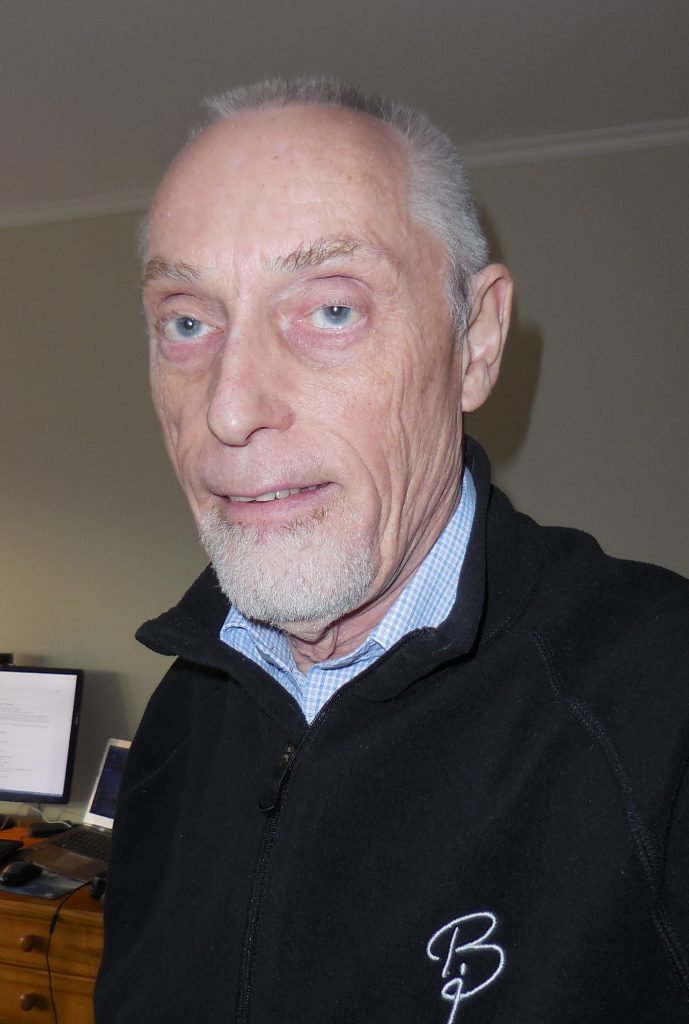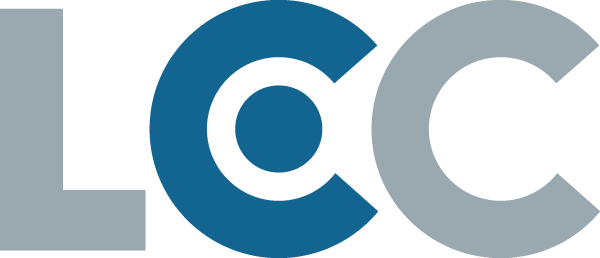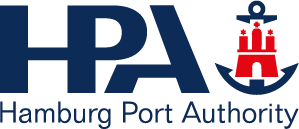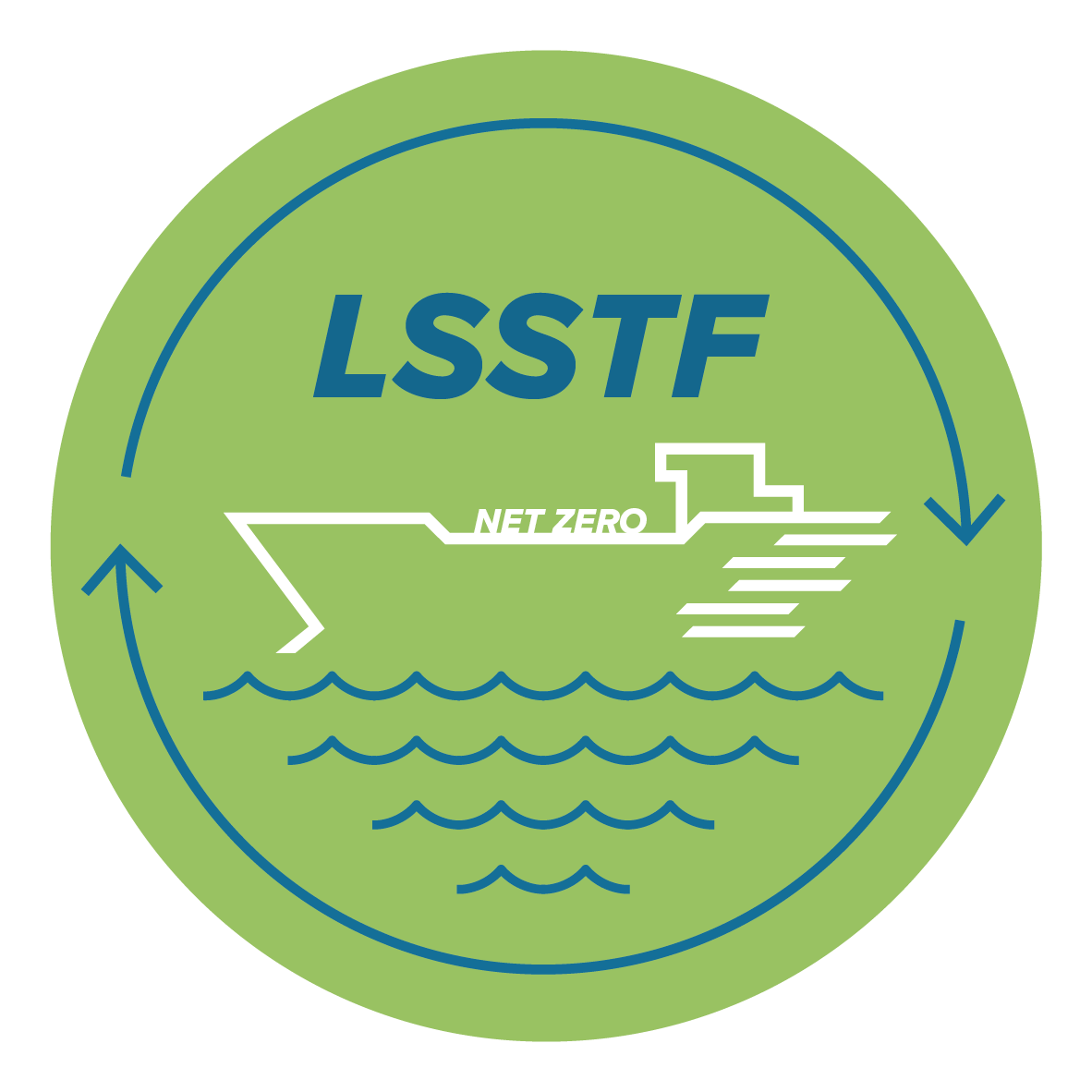Alan Bliault
Aeromarin
Alan is a Naval Architect and Fellow of the Royal Institution of Naval Architects. After graduation he spent several years working on Air Cushion Vehicles with Vosper Thornycroft in the UK. He moved on to offshore loading buoys, and then to hydrodynamic engineering for the world’s first Tension Leg Production Platform at Conoco’s Hutton field. He moved to Shell in Norway to work on the Troll, and Draugen field developments. After this he lead work on subsea flowlines and risers, FPSOs, and FLNG, before leading onshore projects in Gabon. He returned to Norway to participate in development of subsea gas compression for Ormen Lange field, and other developments. Before retiring in 2016 he spent three years as an internal auditor for the central organisation reviewing major projects worldwide.
In parallel to his work for Shell, since 1994 he has worked on a series of text books covering Air Cushion Technology and High Speed Marine Vessels together with Professor Liag Yun of MARIC in Shanghai. The last book focussed on air lubrication and air cavity vessels. Completing this work has given him an overview of the current status of the technology.




